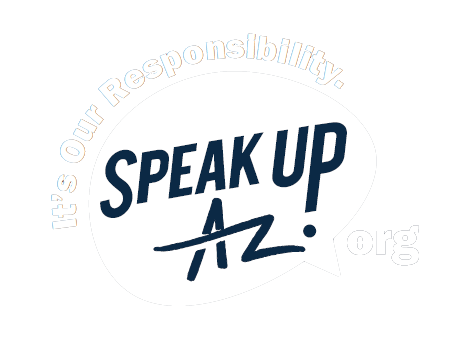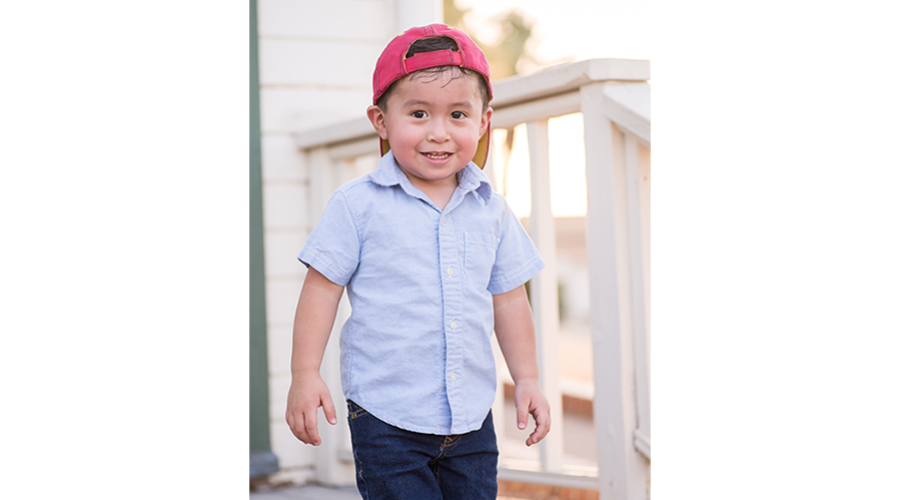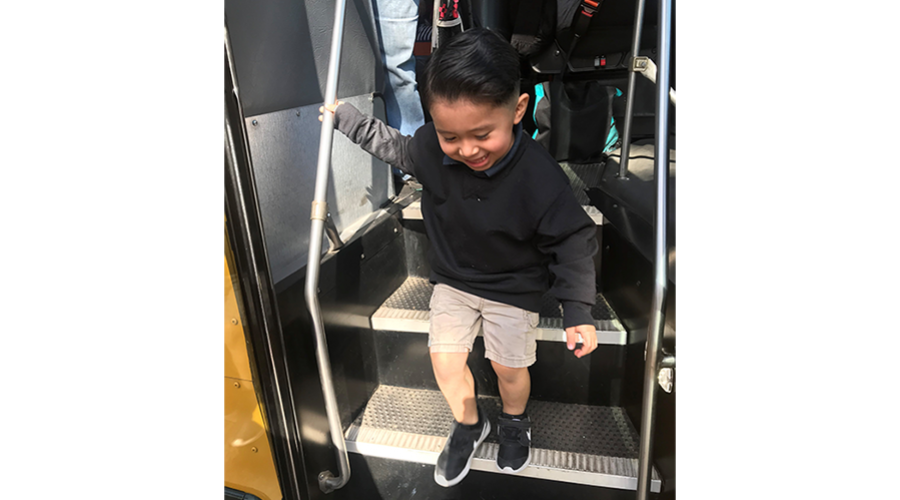Taming Back-to-School Butterflies
How one young family prepares their special needs kids for the upcoming school year
Preschool and kindergarten are fun places where kids learn, laugh, make friends and prepare for life-long learning. But for some kids, a new and unfamiliar environment can be intimidating. For others, venturing into a new classroom isn’t scary, but stepping onto the school bus may be. Children with development disabilities, especially those who depend on a set routine with familiar places and people, often experience high levels of anxiety with the approach of a new school year. Here’s how one family approached this dilemma to help their two sons cope.
The second of three children, Noah Hernandez was born prematurely and, among other health problems, had trouble breathing. The newborn spent his first weeks in the neonatal intensive care unit. Noah was discharged with an oxygen machine, a heart rate monitor and other medical equipment.
“We brought the hospital home with us,” said Noah’s mother, Zarai.
The young parents tried to cope with his medical conditions themselves, but after two weeks, they needed emergency assistance. Noah was having difficulty breathing, and an ambulance transported Noah to Phoenix Children’s Hospital. After three months of comprehensive, multi-specialty care, Noah was discharged and went home breathing on his own.
“We didn’t think we’d ever see Noah talk or walk,” said Hernandez. “He had a lot of imbalance, was always falling, and he needed a helmet for such a long time.”
At 10 months, Noah was enrolled in the DES Arizona Early Intervention Program (AzEIP). The AzEIP program uses a team of early intervention professionals who work together to support a child’s learning with everyday routines and activities. The team develops an Individualized Family Service Plan (IFSP) that sets goals for the child’s development. Noah’s goals were to learn to communicate, sit up straight and use utensils.
“It feels like we are in this dream because it’s unbelievable how quickly he was able to reach those milestones,” said Hernandez. “And we look back on the early intervention and [how the] DSI (Developmental Special Instructionist) really pushed us to the next level. Early intervention was literally sitting there teaching us how to work together to collaborate with our child, to build a relationship, and that’s a blessing.”
Hernandez said that AzEIP helped her and her husband learn skills and use tools to stop stimulation and sensory overload. “Those tools really teach us how and what we can do to make sure our children are ready and successful in school and successful for the world.”
At age three, Noah transitioned out of AzEIP and became a member of the DES Division of Developmental Disabilities (DDD). Noah, who is at risk for autism, receives physical therapy, occupational therapy and feeding therapy services from DDD.
After spending the summer in day care, his parents are preparing him to transition into a developmental preschool. Although this will be Noah’s second stint in preschool, the transitions are challenging. Not surprising, with all the attention on Noah’s physical needs, it took a while for the young parents to notice that his older brother wasn’t meeting certain developmental milestones either.
“When we did the transition for Noah to start developmental preschool, we noticed that Sammy had a significant delay and he needed more structure and support,” said Hernandez. At age 5, Samuel was recently diagnosed with obsessive-compulsive disorder, anxiety and autism.
Now with two special needs kids, the Hernandezes are doing their best to help their young boys prepare for a new school year. They have spent the last few weeks describing what the new routine will be. “We prepare them for the transition and explain what it’s going to look like.”
Mom and Dad give Sammy repeated reminders of his recent graduation from the summer program and his upcoming promotion into kindergarten.
“My kids love school,” said Hernandez. “It wasn’t a challenge to transition them to developmental preschool. The challenge was the bus.”
The parents “constantly” remind their sons that they will be getting on the bus and an aide is going to buckle them in their seats.
While Sammy needs repeated reminders, Noah is a visual learner. His father was able to purchase two toy school buses at a yard sale. He roleplays with his sons to get them more relaxed about the bus and counsels his sons about being with other kids and adults they don’t know.
Photographs are another coaching technique used by the Hernandezes. They use photos that they’ve taken of the school, the classroom, the table, the bus, and the butterfly symbol on the bus that indicates its route. “We show the pictures to Sammy and Noah in the morning to help them cope,” said Hernandez. The photos are supplemented with verbal encouragement that “you can get on a bus to go to school.”
“We have this routine so they know what to expect,” explained Hernandez. “We have a calendar, too, so we cross off the days before school starts. The boys have already met their teachers. It’s just giving them that constant reminder that ‘we’re here for you.’”
Hernandez cautions that each child is different and each child with autism is different. What may work with one may not be of help to another.
“The key point is: our kids have potential!” Because, for the Hernandez family, at the end of the day, it’s all about their children and taming those new school year butterflies.
For more information on going back to school for children with developmental disabilities, please read about “The First Day of School: How the Arizona Early Intervention Program Prepares Arizona Families”.
By Lyn Riley





